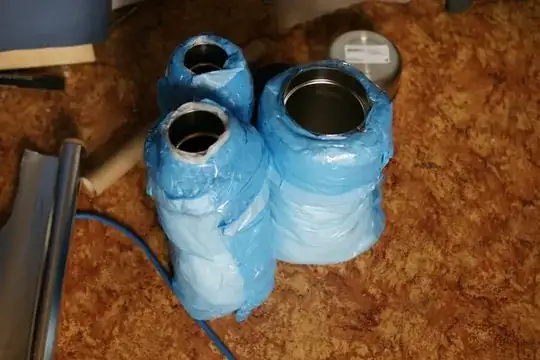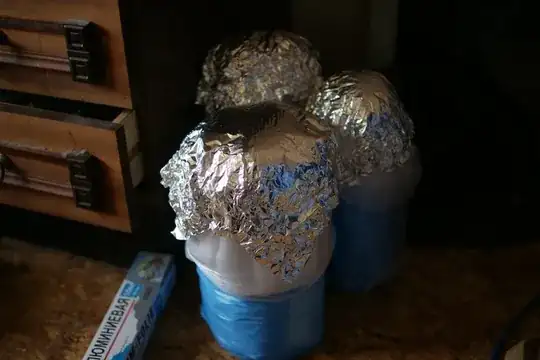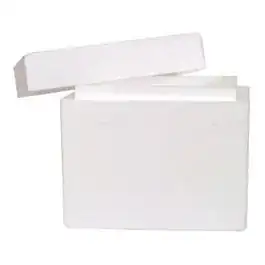As an "infrared survey technician" part of my job was keeping our infrared camera topped off with liquid nitrogen. We had a large dewar (about the size of a barrel) at the shop that was filled bi-weekly. For daily excursions we used a smaller dewar (about the size of a pony keg). Both of these dewars were specifically designed to contain cryogenic liquids, and were clearly labeled as liquid nitrogen, with appropriate warnings. Our supplier refused to fill homemade dewars, or dewars that weren't labeled properly.
The best thing to use for handling small amounts of liquid nitrogen is actually a standard stainless steel thermos; the only modification needed is a loose fitting styrofoam lid.
Dewar lids are usually styrofoam covered with thin plastic. The lid must be easily destructible so that it cannot sustain any pressure inside the dewar. Dewar lids slide on, they do not screw on. The fit is very important, too loose and it won't insulate, too tight and it will literally pop off the container. The diameter of dewar lid should be about 3 times the diameter of the dewar neck. The lid should have a long "cork" that slides into the dewar neck, and also a "cap" that slides over and completely insulates the outside of the dewar neck. Don't make a tight fitting cap and drill a pressure-relief hole in the top. Condensation may drain into the hole and freeze, allowing pressure to build. The idea is for the evaporating N2 to escape from the bottom of the lid and flow downward over the dewar cooling the exterior.
Safety: Pouring liquid nitrogen over your skin is mildly painful but essentially harmless parlor trick (due to the Leidenfrost effect). But be careful not to spill it into a boot, glove, or pocket; a few seconds of contact can cause serious necrosis. Never wear welding gloves or tuck your pants into rubber boots.


